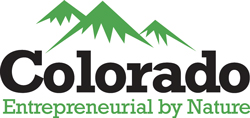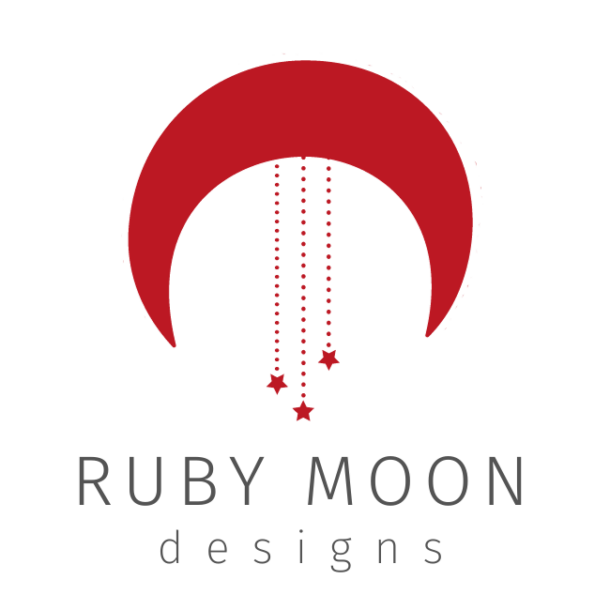I have elephants to sell. Would you like to buy one?
“I don’t need an elephant,” you say. And… you’re looking at me oddly, like I might be trafficking circus orphans.
What if I showed you a video and you could see that my elephants are textured grey plush with pink silky ears? The voiceover in the video says each stuffy elephant smells like ripe cherries, plus, pulling the elephant’s trunk makes it emit a comforting tactile vibration. You can see a child in the video interacting with her Ellie and giggling. Adorable.
You also agree to let me send you an email informing you that playing with multi-sensory toys for just one month has been shown to improve a young child’s IQ by an amazing 35 points. The email will contain a link to a Harvard-backed case study.
I’ll point you to my blog which contains excerpts of an interview with two behavioral scientists who discuss the impact of creative play with multi-sensory real-world objects on child development.
What’s that? You have a niece who might want one of my elephants? You’re convinced she’s the next Einstein anyway? And you’re going to tell your neighbor about the toys?
Excellent.
Which part of this story showcased content marketing?
It might seem pretty obvious from this example how we used content marketing, but we get this question all the time. It’s a good one, so let’s lay down a definition.
 Content marketing creates valuable informational content and builds awareness about certain types of products or services. The most useful content marketing does this in a broad way that doesn’t mention a specific brand.
Content marketing creates valuable informational content and builds awareness about certain types of products or services. The most useful content marketing does this in a broad way that doesn’t mention a specific brand.
In our preceding example, we used several types of content marketing to stimulate your interest in my fictional toy elephants:
- A video
- An email blast
- A case study
- A blog post
Theoretically, you were able to watch the video and see the product. Even though it was my specific product, it introduced you to a whole new type of toy you might not have known about. You read my email, clicked on the links and became impressed by the available data on this market sector from more than one respected source.
Content marketing often creatively serves information to customers. It’s also completely people-oriented.
In designing your product or service content marketing strategy, you could create e-books, white papers, social media posts and infographics to slowly build your customers’ interest and get them engaged in a market segment and your product or service as well.
Good content marketing offers new information and is relevant to your customers. It should surprise them, delight them and broaden their horizons in some way.
How is Search Engine Optimization (SEO) different?
So… which part of this story talked about SEO? None of it… overtly. Although, one could assume we used good SEO in our blog headings and URLs.
SEO has to do with the techie and structural side of things. SEO has to do with how you construct your site to attract search engine attention and build website relevance.
In brief, content marketing is about people, but SEO is more about bots finding your information, increasing the visibility of that information and, in the end, driving more traffic to your particular site.
In my story, I met you on the street and talked to you about elephants. But, that’s not realistic. I would likely need to create a way to funnel my target sales audience to my information to generate interest in my product. I’d do that online with the help of SEO as well as content strategy.
If videos, email and blogs are the content streams from which I want you to drink, then SEO is the scent I carefully layer throughout the web which draws search engines, and eventually, you forward to that content.
To plan an effective SEO strategy, you should first analyze your product or service offering and come up with target keywords to describe it. These should be words your ideal customer would use to find your product or service online. Helping customers understand your product or service will eventually help your business.
To better understand keyword analysis, read this.
In his excellent blog on seochatter.com, Stephen Hockman divides SEO into two types: on-page SEO and off-page SEO.
Once you possess your keywords, you can work those words into your content as well as these on-page components of your site to improve your SEO:
- Title Tag
- Meta Description
- Headings
- URL
- ALT Text
- Internal Links
- Schema Markup
Three other global components also help your on-page SEO.
- Speed: Your web pages should load quickly
- Core web vitals: You can analyze this comprehensive metric (speed x UX x layout) using this tool
- Mobile optimization: Search engines analyze how well your pages are optimized for handheld devices
Hockman says, “Good off-page SEO is important for online success because it will improve the relevance, trustworthiness and authority of your website.” Off-page SEO can be affected through:
- Backlinks: How other websites link to your pages
- Brand mentions: Other websites giving you a shout out
- Social shares: Make friends, trade info and get mentioned on social media
- Google metrics: Domain Authority, Page Authority
Learn more about Domain Authority, Page Authority and other essential SEO practices in our blog “Exploring the most important ranking factors for SEO.”
Good SEO strategy requires care and tending of your site and business over time. It goes hand-in-hand with excellent content marketing strategy to elevate your site content, make it relevant to search engines like Google and drive customers to your unique business.
Reach out for creative or technical helpWe don’t have a warehouse full of toy elephants, but we do have a store of useful web knowledge that can help you and your business thrive online. If you need assistance with content marketing or SEO strategy, call me at 720-443-1407 or contact me online to schedule your free 30-minute consultation.
Sublime Creations is an eco-friendly company that specializes in website consultation, design and personalized training catering to local and small businesses, individuals, start-ups, and entrepreneurs.




